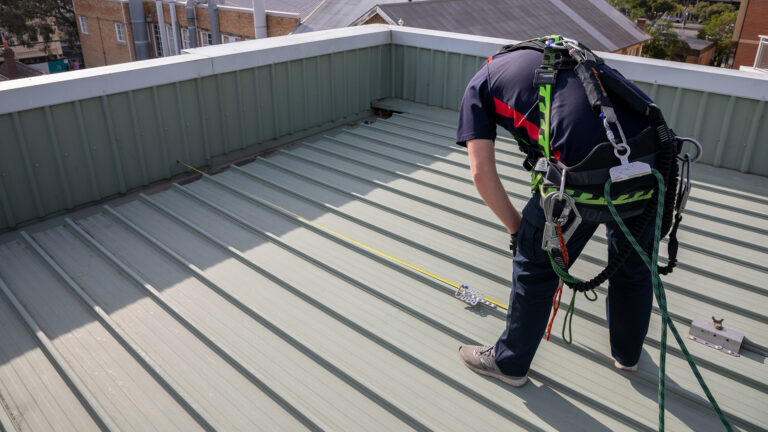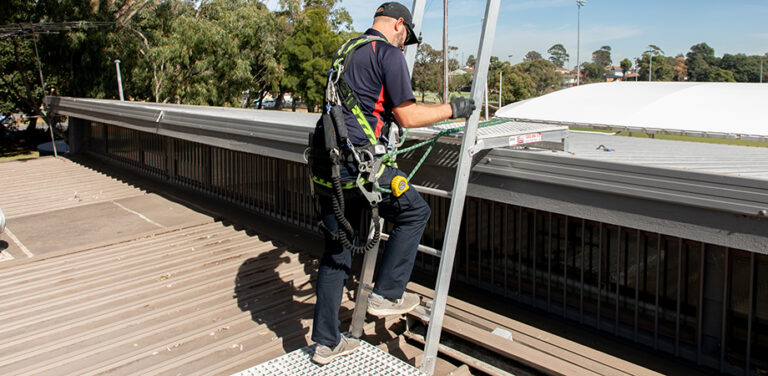
What influences poor height safety decisions?
Decisions are rarely made in a vacuum. And that is even more apparent when you consider what goes into making choices about height safety and fall protection.

Decisions are rarely made in a vacuum. And that is even more apparent when you consider what goes into making choices about height safety and fall protection.

The things that can constitute a height safety risk are far more than most people immediately think.

How bodies corporate and strata committees function in the context of workplace safety can be complicated, especially when it comes to height safety and fall protection.

To meet the duty of care as a person conducting a business or undertaking (PCBU) it is important that safe access and fall protection systems be compliant.

Knowing how to identify a confined space is the first step in mitigating the risks associated with working in them.

Keeping your height safety system compliant is an important part of meeting a PCBUs safety obligations. Doing so requires regular inspections be completed.

Employers and contractors need to ensure that their workers and teams are provided with safe methods of work.

Government authorities can be many levels of PCBU. Making sure they adequately address their height safety and fall protection risks is key to safety.

No matter what you are building, working at heights is always a risk. Here are four questions to ask at the start of building work to keep people safe.

It can feel like the complexities of working at heights are insurmountable. However by considering three main angles of attack the risks can be mitigated.

Sign up for our newsletter and get the latest from HSE straight to your inbox. One email, once a month.